2022 Census in Provetá: the work at Ilha Grande bay
January 31, 2023 15h38 | Last Updated: February 03, 2023 11h44
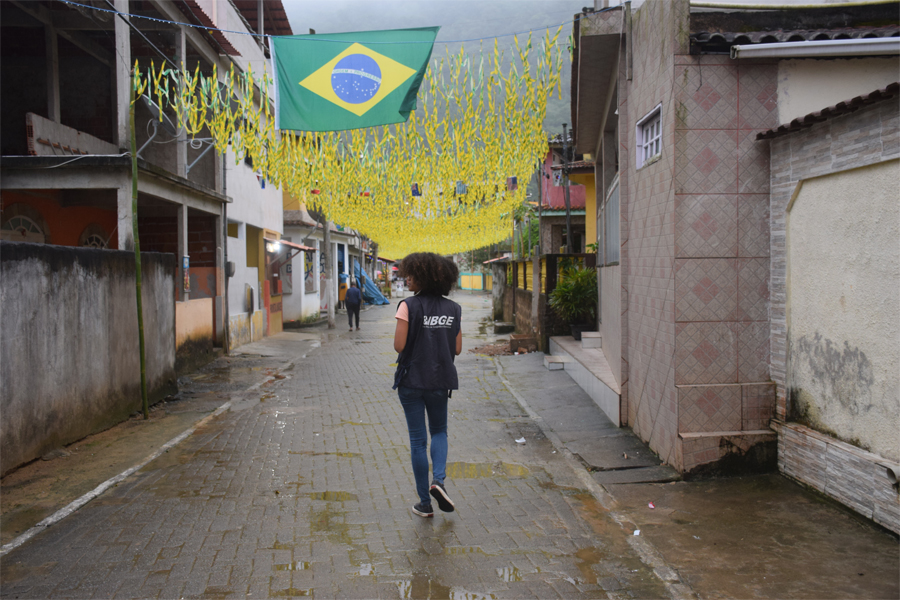
The boarding point is not the “tourists’ wharf” of Santa Luzia. Near the parking lot, very close, is the “residents’ wharf”, where many little boats lie in line. That was the rference for the IBGE team’s boarding. They went on a follow-up mission of the 2022 Census collection to an island in Angra dos Reis, at the south coast of Rio de Janeiro.
On the way to get there, cars, motorcycles and pedestrians were crossing from side to side under a soft rain falling from a quite gray sky. People gathered in front of one of the boats. Most of them, Ilha Grande residents, commuting by private boats going from the wharf at Angra dos Reis to Provetá. As there was no wind, the crew organized the boarding of the 50 passengers, packed with shopping bags.
“It’s all because of Christmas and the holidays”, explained Supervising Census Agent (ACS) Caroline Paixão, who crossed the open sea towards the Village of Provetá with her team to follow up and supervise the work of the tree local enumerators.
Na viagem de uma hora, Caroline foi contando outras curiosidades do local. “Antes de ser um famoso destino turístico do Rio, Ilha Grande foi povoada por aldeias indígenas. A ilha já foi rota de navios negreiros e possui histórias de grandes naufrágios em sua baía”.
During the one-hour trip, Ms. Paixão told other curious stories about the region. “Before it became a famous tourist destination of Rio, Ilha Grande had Indigenous inhabitants. The island was once used as a route for slaveships and has many accounts of great shipwrecks in its bay.”
Provetá: four areas in one island
According to residents, in sunny days, one can see whole shoals and the “famous turtles” of Ilha Grande at the arrival by boat. However, in rainy days, the bridge goes underwater. And if the storm is too heavy, Provetá becomes unreachable as it is located in the open sea.
The second largest community of Ilha Grande is formed mostly by fishermen and tugboat riders: “In Provetá, there are four enormous enumeration areas, but most of the regions are woodland, without residents, and hard-to-reach lots”, claimed Ms. Paixão.
Provetá lies within the census area of Angra dos Reis. A team of almost 200 people, including census agents and enumerators, for 544 enumeration areas. Out of them, Ilha Grande alone has 35 enumeration areas, already worked up to that day by 10 enumerators. “Another island feature is few refusals and absentees”, highlighted she.
Along the island., there are residents living in completely isolated lots and a “floating” population, commuting from and to the continent; or rather, occasional visitors who have properties in the island.

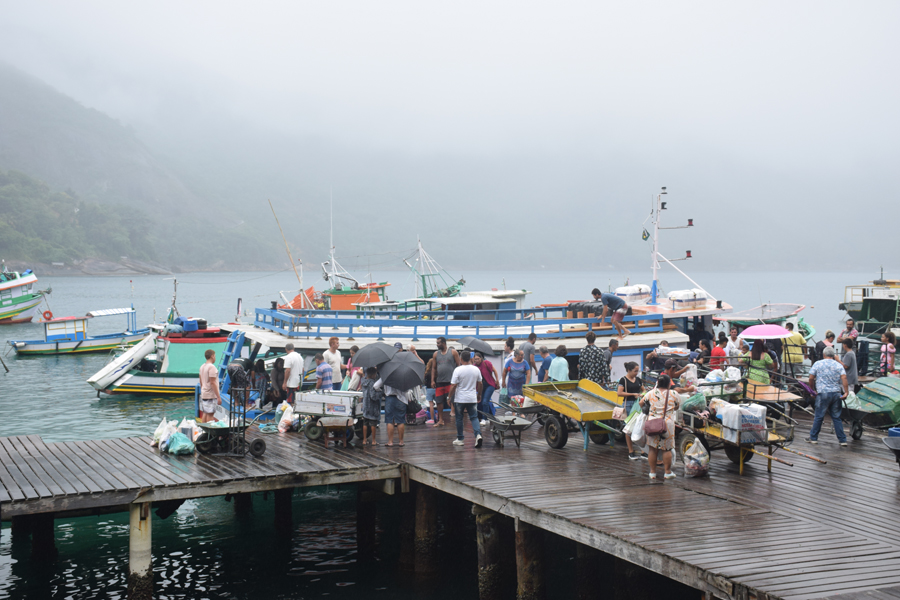
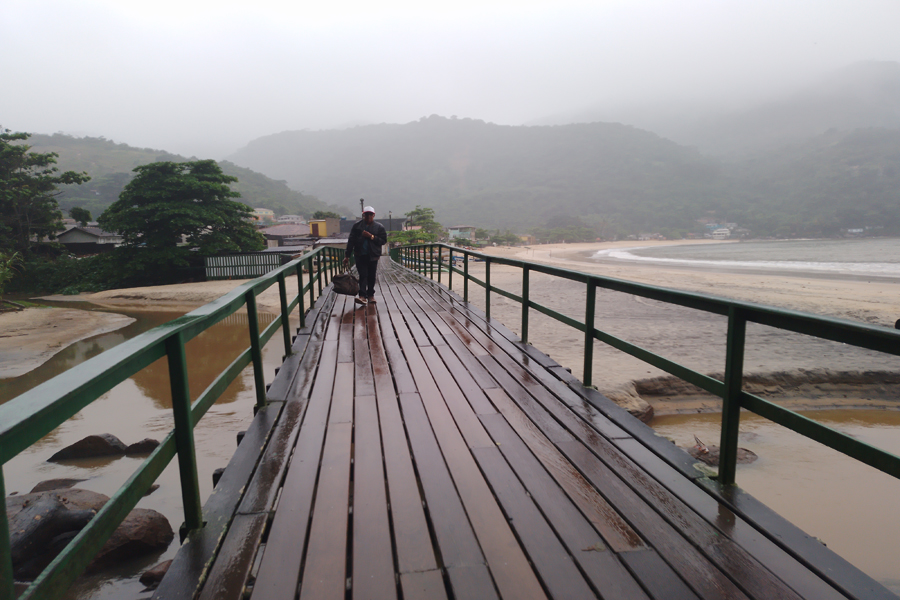
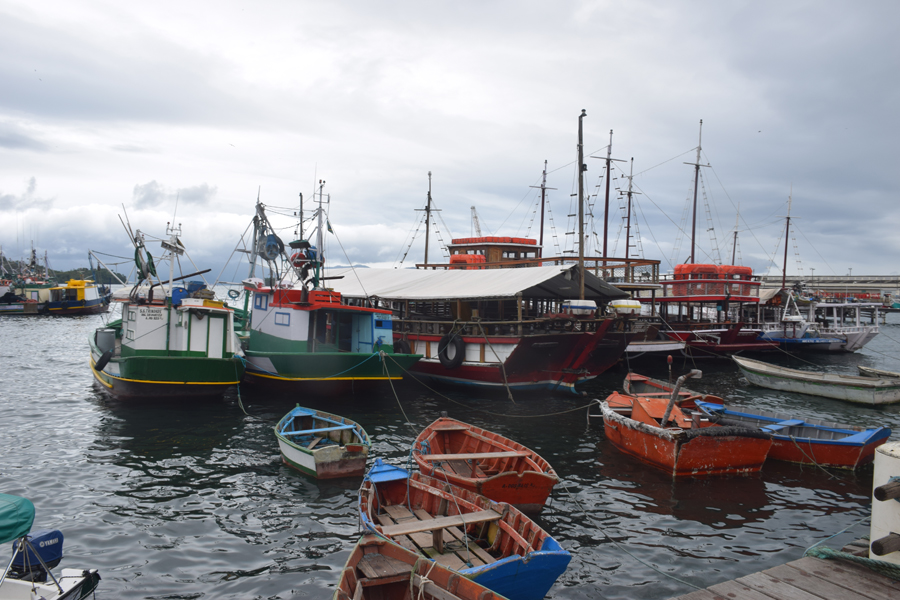
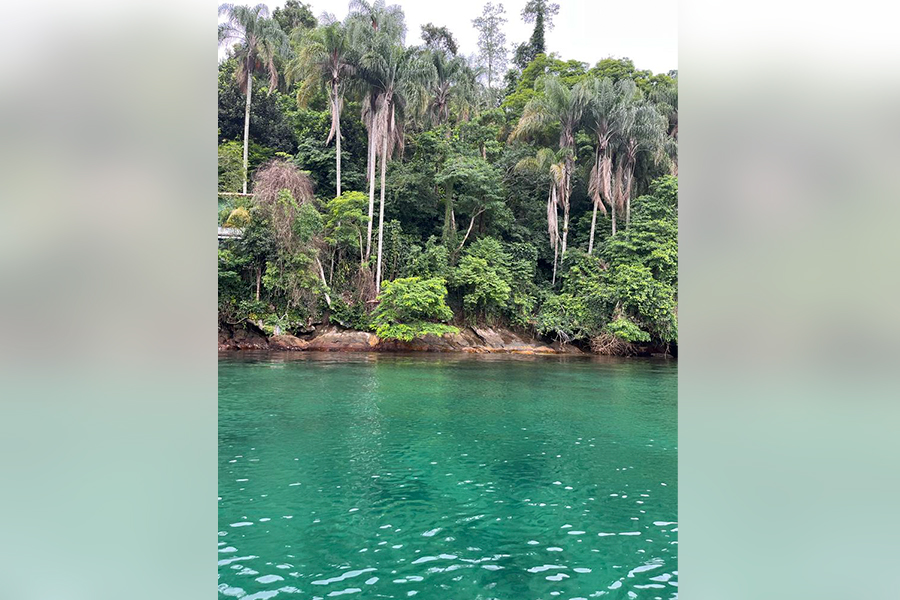
The island also has many residents who were born and raised there. In the way to Provetá, people call each other by their nicknames. During the enumeration work it is very common for the three enumerators to be asked about their own family: “Oh, I know who your father is”.
A resident who did not identify himself approached the IBGE team and greeted the enumerator, saying: “Some people don’t want to answer because they don’t want to say whether they are married or not or how much they earn. I always say that the IBGE just want to know the “truth” about the Brazilian population.”
Eduarda Pereira was one of the enumerators who was born and raised in the island and are working in the 2022 Census collection in Provetá: “As fishing was interrupted and my husband is a fisherman, I saw it as an opportunity. And as I am a local resident, I knew people already”.
For her, the surprise was to find out that so many housing units were empty, as shown since the beginning by the previous list of the Collection Mobile Device: “Many take their children to Angra for studying or working”. There are also many cases of death or people leaving the island due to health problems: “Many times, the sons and daughters just sell the house”.
Another resident-enumerator, Kitia Raimundo, says that offering coffee is a habit: “When they receive us, they offer coffee, lunch. There was a resident that took me to an address to show me the way”.
“The greatest “shock” for the enumerators is finding out people’s real names”, joked ACS Caroline Paixão, about the fact that the enumerators were used to knowing people just by their nicknames.
“Geninho” was one of the residents whose real name was disclosed: Genesis Ferreira. He also received the IBGE team: “It was fast. I thought it was cool because I had never answered the Census before. And data are good for tourism”.
Born and raised in the Provetá beach, as usual in the region, Geninho makes a living with his boat, fishing horse mackerel blue runners, sardines, mackerels. His father, Mr. Raimundo Ferreira, a retired fisherman, also answered the enumerator Eduarda, about the Census. He thinks a Local Resident Association would be useful: “Here we have whole families of fishermen, because it is all around fishing here, so it would be good to have one”.
Decades of changes: what will the Census find out?
According to the residents of Provetá, a lot has changed over the last few decades, including the arrival of new residents. “Before, there was no energy, no pavement, no bridge on the arrival. And there are more young people leaving to study in Angra”, said resident Selma Araújo.
ACS Caroline Paixão is part of the new wave of residents of Ilha Grande. From Salvador (Bahia), she has lived in Abraão since 2000 and was responsible for publicizing the census work on the island, using a digital form to find local workers: “Enumerators from outside the island do not always know the beaches or are able to easily reach them”, she explained.
Ms. Paixão is aware of the demand for up-to-date and specific information about the island: “I take a course on public policies and have already worked in the area, so I know the importance of the Census for public management. For me, it's the biggest demographic tool."
Among the IBGE partnerships are the employees of the Ilha Grande health units, who helped to find residents, including those in distant places. Raika Monção, a nurse on the beaches of Aventureiro and Provetá, decided to help the Census team, precisely because of his interest in learning more about the real situation in the community.
Working there for almost 20 years, Raika married a fisherman and moved to Jacuecanga, in Angra: “Before, I had to sleep there in Provetá, due to lack of transportation. Two years ago they put a boat to take and bring health professionals to Angra”.
Currently, there are two high schools on the island, in Provetá and Abraão, with three boats that also take children to schools on these beaches. School and health boats, from time to time, help IBGE workers to reach the island, when there is no transport.
School memories are also different for resident João Alberto de Castro: “Before, there was only basic education here. There are a lot of newcomers, the population has increased a lot. It was all woods and now ther are houses everywhere”. Retired, Castro returned to the island a few years ago, with his wife, Ildeniza de Castro, and their twins.
According to Msr. Castro, one of the big problems is the open sea, still a “way” for ships: “When I returned to live in Provetá, I had to throw one of the boys to the fisherman to carry, because the sea was covering the bridge”. Heavy rains added to the problems: “Last year, a barrier fell. We were left with no electricity, no internet and muddy water for three days,” she complained.
The couple's expectation is that the Census can indirectly bring improvements to services, such as transportation and health: “It's a quiet place, without many resources. You need sea transport available for emergencies. In fact, now, pregnant women have to go to Angra a month before giving birth, to avoid problems”, explained Msr. Castro.
Although the health units has different health professionals, Mrs. Monção agrees that, in cases of major emergencies, it would be good to have better transport: “A speedboat that can move faster and make the journey there and back in 20 minutes, if possible” .
For enumerator Eduarda Pereira, through the Census, it will be possible to find out where there is a lack of services, such as sanitation, to meet local needs.
“Provetá doesn't have many restaurants, inns. There are no drugstores, only the health unit. With the Census, it is even possible to find out our demands, which can even improve trade”, corroborated Caroline.
Setting for books and great escapes
What do Escadinha, Orígenes Lessa, Madame Satã and Graciliano Ramos have in common? Well, another curious island fact is that it has housed all these famous names in its prison.
As in other countries, Brazil also had penitentiary complexes in places of difficult access. Fernando de Noronha and Ilha Grande are examples of places that housed prisons isolated by the sea and nature. In Ilha Grande, there were two prisons for ordinary and political prisoners: the Colonia Correcional de Dois Rios and the Instituto Penal Cândido Mendes.
“On the cliffs of Ilha Grande, completely exausted, slowly approaching the Correctional Colony, I chatted with a countryman in a uniform about country folks, rather forgotten”. It's an excerpt from the book 'Memories of Prison', in which writer Graciliano Ramos brings a testimony about the months in different prisons.
Considered a maximum security prison, the Cândido Mendes prison was the scene of the “cinematic” escape of prisoner Escadinha by helicopter, in 1985, before the closure of the prison. The prison was located on Dois Rios beach, where there is now a Prison Museum, with the history of its notorious prisoners, including political ones.
In the past, the island's natural isolation and size had already been considered favorable for the installation of a quarantine lazaret, that is, a sanitary control facility. Before the construction of the Cândido Mendes prison, the place housed patients who arrived in Brazil, to prevent the spread of diseases such as cholera. And the ruins of Lazareto de Ilha Grande are still available for visitation in Abraão, one of the most visited beaches by tourists, with easy access by official boats, from Angra dos Reis and Mangaratiba.
Island challenges
“Angra has always been known as the city of 365 islands, it's the city's slogan”, mentioned Angra Subarea Census Coordinator (CCS) Luana Ventura. Ilha Grande is located on the south coast of Rio de Janeiro and is one of the islands around the municipality of Angra dos Reis. To get to the place, about 150 km from the capital, the route includes a journey of more than two hours by car to Angra and then at least an hour by boat. If the weather is good.
Not by any chance, did CCS Luana Ventura categorize mobility as the biggest challenge: “Very few islands have fixed itineraries; as a result, sometimes, it is necessary to rent boats, by extremely high prices”. The price of fuel, the limitation of schedules and companies that provide transport are also obstacles to access. “Sometimes, in some places, enumerators take a ride with the health teams, or the school boat, but it's nothing you can count on for sure and it depends on the number of people on the boat”, added Caroline.
Another issue is the weather: both enumerators and residents themselves depend on good weather for boat crossing: “Sometimes we leave the continent when the weather is great, but cannot leave the island, because the weather has changed. So, we need to spend the night there”, explained Ms. Ventura.
“We had a few days lost due to the rain and wind, which made it impossible to reach the beaches, such as Aventureiro or Parnaioca, for example”. Sometimes the difficulties continue on land. “And there are cases of rain soaking the soil, making the way to houses by the trail dangerous, due to the slippery mud”, mentioned Caroline.
Nicolle Calhau agreed that the biggest difficulty on islands is access. Currently, she is a Municipal Census Agent, but she went to several beaches and places, unknown to her, as a Supervisor Census Agent. While monitoring the collection on Ilha da Gipoia, in the bay of Ilha Grande, she managed to join the residents' instant messaging group, to collect data and schedule interviews: “It is not always possible to find the residents; as the access is complicated, the ones we can't find at home, we try by phone”.
Together with an enumerator who knew the area, Nicolle toured Ilha da Gipoia, with a boatman: “In many places, we had to take the trail, go into the middle of the forest, to collect Census data”. As there was no transport, when they went to the island, they took the opportunity to stop at several beaches: “The interesting thing was finding beautiful places along the way. In one of the visits, we could see a peacock more than once”.
‘Occasional use resident’
During the stay of the IBGE team on the island, rumor had it on the streets of Provetá that a famous occasional visitor was back: Dim Dim. It's another well-known story from Ilha Grande: a penguin that always comes back to visit its protector.
'Seu' João, who lives close to the beach, took care of Dim Dim when the penguin appeared injured and covered in oil, in 2011. Since then, from time to time, Dim Dim appears at João Souza's house, where he stays for a few weeks. And the friendship story became so famous that it will be turned into a movie!
Not long ago, another “resident” showed up there: the presence of a puma was recorded, exactly at the Ilha Grande State Park, managed by the State Institute for the Environment.
Isolation and preservation
Atlantic forest. Sea. Fish. Penguins. Peacocks. Turtles. Pumas. For a long time considered a “prison island”, Ilha Grande keeps its beauty and ecosystem preserved in reserves and protection areas. It has already been recognized as an Atlantic Forest Biosphere Reserve and as a World Heritage Site by Unesco.
The name Ilha Grande comes from the first inhabitants, the Tamoios, in the Tupi language: Ipaum Guaçu. There are more than 190 km² of Atlantic Forest, waterfalls and mountains, with 106 beaches, some with residents, like Abraão and Provetá, which are home to the two largest villages on the island; others are virgin, without residents, with access prohibited, in preserved areas.
There is the Tamoios Environmental Protection Area, created in 1982, to ensure the protection of the natural environment, biodiversity and the caiçara community, named after the Indigenous people who once lived there. In addition, there are other conservation sites: the Ilha Grande State Park, the Praia do Sul State Biological Reserve and the Adventurer Sustainable Development Reserve.
The islands in Ilha Grande bay are also part of the Tamoios Ecological Station, created in 1990, as an instrument for environmental preservation and monitoring of the region, in legal compensation for the existence of nuclear power plants in Angra dos Reis.
Linked to the State University of Rio de Janeiro, the Center for Environmental Studies and Sustainable Development, created in 1995, works in the region with environmental studies and projects. The area belongs to the Unesco Biosphere Reserve, an ecological sanctuary where the university develops research projects.
